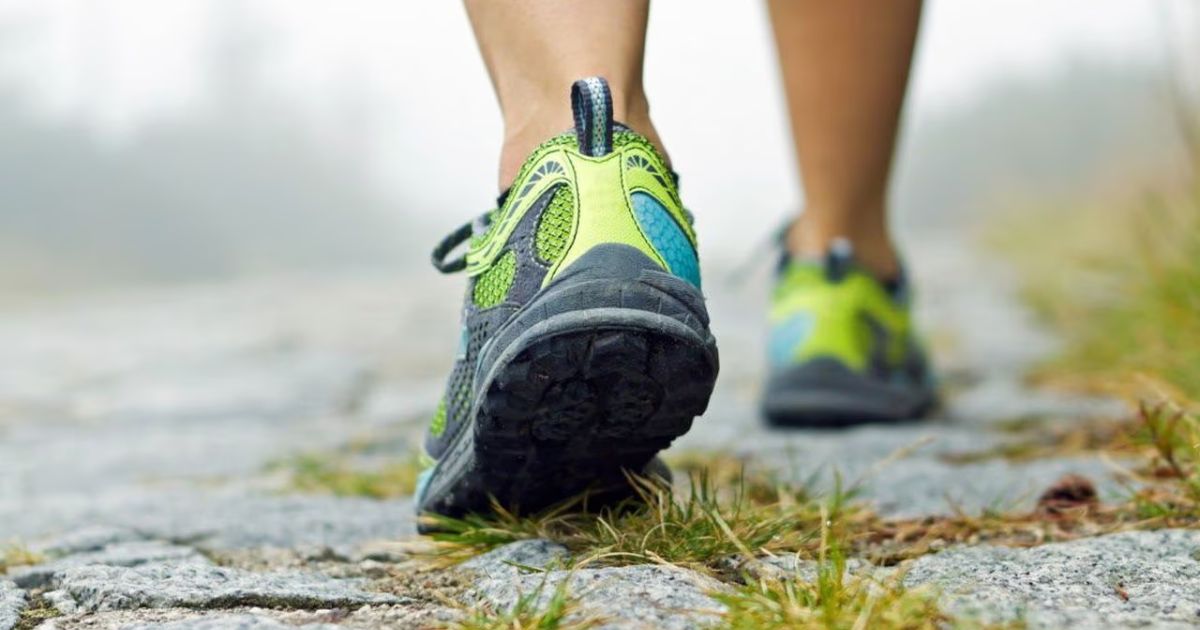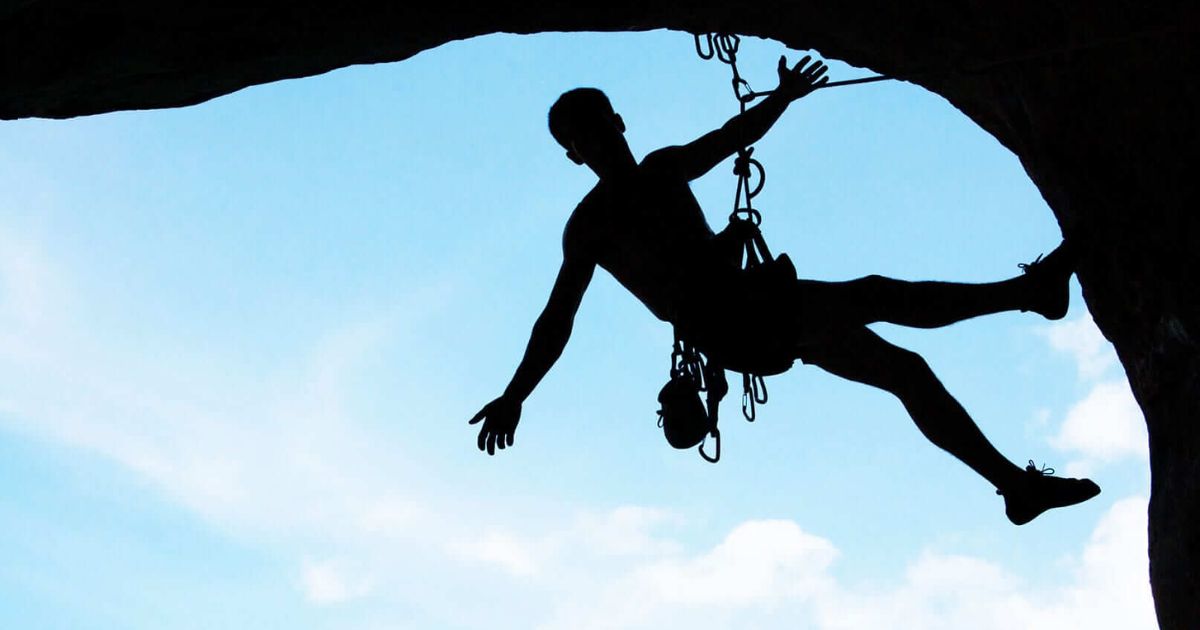While the question of whether to wear socks with rock climbing shoes may seem trivial to some, it holds considerable importance in the climbing community. For those seeking a more direct connection to the rock, going sockless allows for enhanced sensitivity and control. However, wearing socks can offer added comfort, protection, and hygiene benefits. In this article, we will explore both perspectives, discuss factors to consider, offer tips for selecting the right socks, and provide guidance on proper sock care for climbing shoes.
Key Takeaways
- Going sockless in rock climbing shoes can prevent blisters, improve sensitivity, and create a drier and more hygienic environment for the feet.
- Wearing socks with rock climbing shoes provides an additional layer of protection, helps maintain hygiene, absorbs sweat, and cushions the feet to prevent blisters.
- Factors to consider when deciding whether to wear socks include foot hygiene, shoe fit, type of climbing, personal preference, and the impact on the overall climbing experience.
- Tips for choosing the right socks include considering moisture-wicking properties, breathability, fabric blend, fit, and seamless construction. Proper sock care involves wearing socks to prevent direct contact, absorbing sweat and moisture, regular washing, and air drying.
The Benefits of Going Sockless
There are many significant advantages to climbing without socks in rock climbing shoes. One major benefit is the prevention of blisters. When climbing without socks, the feet are able to grip the shoe better, reducing the friction between the foot and the shoe. This minimizes the chances of blisters forming due to excessive rubbing. Additionally, going sockless in rock climbing shoes can address hygiene concerns.
Socks tend to absorb sweat, which can lead to a damp and uncomfortable environment inside the shoes. This moisture can promote the growth of bacteria and fungi, resulting in unpleasant odors and potential foot infections. By eliminating socks, climbers can maintain a drier and more hygienic environment for their feet, enhancing their overall comfort and performance on the rock.
The Advantages of Wearing Socks
One significant advantage of wearing socks with rock climbing shoes is that they provide an additional layer of protection and comfort for climbers, especially for those who climb frequently. Socks play a crucial role in maintaining hygiene by preventing direct contact between the skin and the shoe. They act as a barrier, absorbing sweat and reducing the risk of bacterial and fungal infections. Additionally, wearing socks can help prevent blisters.
The friction between the foot and the shoe can cause painful blisters to form, but socks act as a cushion, reducing friction and preventing the development of blisters. By wearing socks, climbers can ensure their feet remain comfortable and protected, allowing them to focus on their climbing performance. Considering these advantages, it is important to consider various factors when deciding whether to wear socks with rock climbing shoes.
Factors to Consider When Deciding
When deciding whether or not to wear socks with rock climbing shoes, climbers should consider several key factors. One important factor is foot hygiene. Without socks, sweat and bacteria can accumulate inside the shoes, leading to unpleasant odors and potential foot infections. Wearing moisture-wicking socks can help absorb sweat and prevent these issues. Another factor to consider is shoe fit.
Some climbers prefer to wear thin socks to achieve a tighter fit, while others find that going sockless provides better sensitivity and control. It is crucial to find the right balance between comfort and performance. Additionally, the type of climbing and personal preference can also influence the decision. Ultimately, climbers should prioritize foot hygiene and shoe fit when deciding whether or not to wear socks with their rock climbing shoes.
Tips for Choosing the Right Socks
To ensure optimal comfort and performance, climbers should carefully consider their choice of socks when deciding whether or not to wear them with rock climbing shoes. The right pair of socks can make a significant difference in preventing blisters and enhancing the overall climbing experience. Here are some tips for choosing the right socks:
| Socks Material | Pros | Cons |
|---|---|---|
| Wool | Moisture-wicking | May be too warm |
| Synthetic fibers | Breathable | Less durable |
| Blended fabrics | Comfortable fit | May cause odor |
When wearing socks with rock climbing shoes, it is essential to prevent blisters. To achieve this, climbers should ensure that their socks fit properly, have a seamless construction, and are made of breathable materials. Additionally, using moisture-wicking socks can help keep feet dry and reduce the risk of blisters. By considering these factors, climbers can choose the right socks that provide both comfort and protection.
Transition: Now that we have discussed tips for choosing the right socks, let’s move on to the next section about proper sock care for climbing shoes.
Proper Sock Care for Climbing Shoes
Ensuring proper sock care is crucial when it comes to maintaining the longevity and performance of your rock climbing shoes. While some climbers prefer going sockless or barefoot to enhance their feel and sensitivity on the rock, wearing socks can provide several benefits. Firstly, socks can act as a barrier between your feet and the shoe, preventing direct contact and reducing friction, which can lead to blisters.
Additionally, wearing socks helps to absorb sweat and moisture, preventing odor buildup and prolonging the lifespan of your shoes. To properly care for your climbing socks, it is important to wash them regularly using a mild detergent and air dry them to maintain their elasticity. By taking care of your socks, you can ensure they continue to provide comfort and protection for your climbing adventures. In the next section, we will discuss some final thoughts to help you make the decision on whether to wear socks or go sockless in your rock climbing shoes.
Final Thoughts: Making Your Decision
When it comes to deciding whether to wear socks with rock climbing shoes, there are a few important points to consider. Going sockless can provide better grip and a more natural feel on the rock, but it may sacrifice comfort and increase the risk of blisters or odor. On the other hand, wearing socks can enhance comfort and protect your feet, but it may slightly decrease sensitivity and precision while climbing. Ultimately, the decision should be based on personal preference, the specific climbing environment, and the level of performance desired.
Sockless for Better Grip
Wearing socks with rock climbing shoes can compromise grip, making it advisable to go sockless for better traction. Going sockless provides several benefits that enhance your climbing experience:
- Enhanced grip: Without the barrier of socks, your feet have direct contact with the shoe’s rubber sole, allowing for better sensitivity and grip on the rock surface.
- Improved footwork precision: Sockless climbing enables you to feel the holds more accurately, enhancing your ability to make precise foot placements.
- Increased flexibility: Socks can restrict the movement of your feet, whereas going sockless allows for better flexibility and range of motion, enabling you to make more dynamic moves.
- Better hygiene: Climbing in socks can lead to excessive foot sweat, which can result in odor and fungal infections. Going sockless promotes better airflow and reduces the risk of foot-related issues.
- Preventing blisters: Socks can create friction between your foot and the shoe, leading to painful blisters. Going sockless reduces this friction, minimizing the likelihood of blisters forming.
Comfort Vs. Performance
Taking into consideration the balance between comfort and performance, it is essential to carefully assess your personal preferences and climbing goals. The socks vs. barefoot debate in rock climbing has been ongoing, with arguments on both sides. Some climbers prefer the added comfort and protection that socks provide, while others argue that going sockless enhances their grip and sensitivity on the rock. Ultimately, the decision comes down to individual preference and the type of climbing you engage in.
When it comes to foot hygiene, wearing socks can help absorb sweat and prevent odor-causing bacteria from flourishing inside your shoes. However, it is important to note that wearing socks may slightly reduce the sensitivity and feel of the rock, which can impact your performance, especially on more technical climbs.
To help you make an informed decision, consider the table below, which summarizes the main factors to consider when deciding whether to wear socks or go barefoot in your rock climbing shoes:
| Factor | Socks | No Socks |
|---|---|---|
| Comfort | Provides added cushioning and protection | May feel more natural and increase sensitivity |
| Grip | May reduce grip and sensitivity | May enhance grip and sensitivity |
| Foot Hygiene | Helps absorb sweat and prevent odor | May lead to increased odor and bacteria growth |
Ultimately, finding the right balance between comfort and performance is a personal choice. Experiment with both options and see what works best for you and your climbing goals. Remember, the most important thing is to enjoy your climbing experience while ensuring foot hygiene and safety.
Frequently Asked Questions
Are There Any Specific Types of Socks That Are Recommended for Rock Climbing Shoes?
There are various types of socks recommended for rock climbing shoes, with different materials offering unique benefits. Wearing socks can improve foot hygiene by reducing moisture and preventing blisters, making them a valuable accessory for climbers.
Can Wearing Socks With Rock Climbing Shoes Help Prevent Blisters?
Wearing socks with rock climbing shoes can provide several benefits, such as reducing friction and preventing blisters. However, it may also affect foot sensitivity and the ability to feel the rock surface, impeding precise footwork.
Do Socks Affect the Overall Fit and Performance of Rock Climbing Shoes?
The thickness of socks can impact the fit of rock climbing shoes, potentially affecting sensitivity and grip. Understanding how socks interact with the shoes is important for climbers seeking optimal performance and comfort.
Are There Any Disadvantages to Going Sockless in Rock Climbing Shoes?
Going sockless in rock climbing shoes can provide a more intimate connection with the rock, enhancing sensitivity and precision. However, it may lead to unpleasant odors, blisters, and an increased risk of fungal infections. Wearing socks can mitigate these disadvantages while providing additional comfort and protection.
How Often Should Climbing Socks Be Replaced to Maintain Their Effectiveness?
Climbing socks should be replaced regularly to maintain their effectiveness. The lifespan of climbing socks depends on factors like frequency of use and care. To prolong their lifespan, follow these tips for maintaining climbing socks.
Conclusion
In conclusion, whether to wear socks or go sockless with rock climbing shoes is a personal choice that depends on various factors such as comfort, foot hygiene, and shoe fit. While going sockless may provide a better feel for the rock and improve sensitivity, wearing socks can protect against blisters and provide added cushioning. It is important to choose the right socks that are moisture-wicking and properly care for them to maintain shoe performance. Remember, finding the right balance between comfort and performance is key in rock climbing.
[INTERESTING STATISTIC]: According to a study conducted by the American College of Sports Medicine, approximately 30% of climbers reported experiencing foot injuries, with blisters being the most common type of injury.










